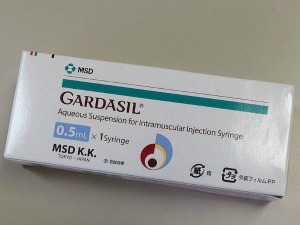A new Lancet series explores the global disparities among breast and cervical cancer, including the inequities in cancer interventions, survival rates, and policies that affect how women around the world are able to get access to care.

Based on current trends for low and middle income countries, The Lancet reports that breast cancer diagnosis rates could nearly double to 3.2 million cases per year from 2012 to 2030. The amount of women diagnosed with cervical cancer is predicted to rise to more than 700,000 per year by 2030. The Lancet argues that relatively low cost interventions, particularly cervical cancer screenings and HPV vaccines, could save many lives in these countries. These interventions do not require much specialized care.
One of the paper’s lead authors, Ophira Ginsburg, said in a statement that “estimates suggest that a basic cancer control package could be introduced in low- and middle-income countries for as little as $1.72 per person – equivalent to just 3 percent of current health spending in these countries.”
Co-author Richard Sullivan of King’s College London added “The global community cannot continue to ignore the problem…Not only are the costs of essential cancer services for women lower than expected, but scale-up of diagnostic, surgical, and treatment services are a highly effective investment compared to the devastating economic cost to countries, communities, and families incurred by the serious shortfall in cancer care. This situation could be turned around by 2030 if the international community, policymakers, politicians, healthcare professionals, and patients address this issue now.”